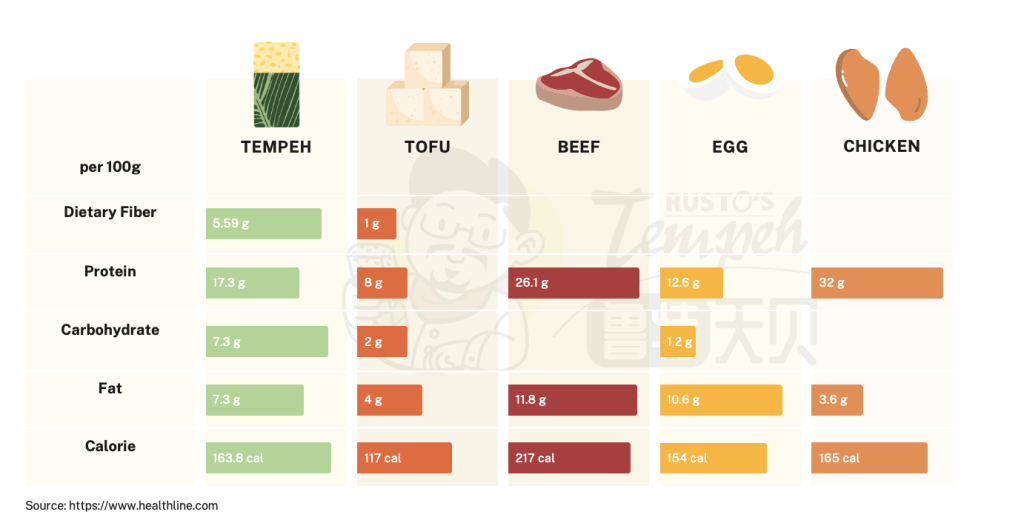RUSTO'S TEMPEH
IT ALL STARTS FROM A BEAN
A mini grain of soybean becomes food rich in nutrients and taste after fermentation. It has been inherited for hundreds of years in Indonesian culinary civilization with the diligence and wisdom of generations of Indonesians. It is tempeh.
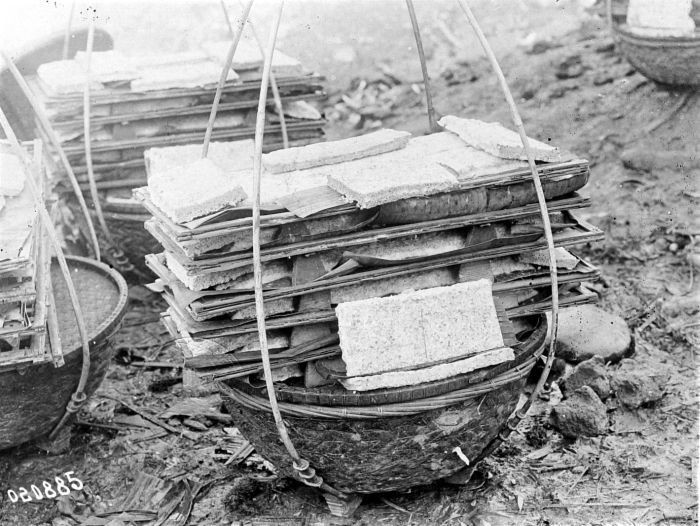
TEMPEH BEING SOLD IN JAVA
Early 19th Century
FERMENTED BEANS
Tempeh is mainly made of fermented soybean, in the shape of a flat cake. The same as Chinese loving tofu, and Japanese loving natto, tempeh would be the food most Indonesians choose to represent their country. Its special flavor and texture are hardly replaceable. Indonesia is in process of applying to UNESCO for accreditation for tempeh as an Intangible Cultural Heritage.
TEMPEH IN HISTORY
It is said that tempeh is from Java, having existed since about four hundred years ago as people estimate. Tempeh was first mentioned in a book named Serat Centhini published in 1814, its earliest known written record.
More and more western countries began to know tempeh in 20th century.

BENEVOLENT
It has been inherited for hundreds of years in Indonesian culinary civilization with the diligence and wisdom of generations of Indonesians
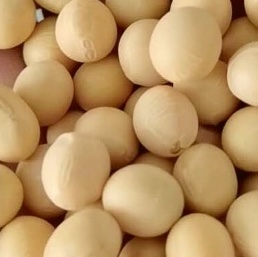
SUSTAINABLE
Tempeh is mainly made of water and beans, all sourced locally, making the carbon impact of each patty almost minimal.

HEALTHY
A good protein and fiber source, while being low in fat, sugar, and sodium. Packed with vitamins, it also carries the benefit and nutrition of whole beans, with the advantage of being easier to digest and improving gut health.
The ROOTS
Representative Food of Indonesia
Tempeh is one of the most popular food in Indonesian daily life.
HEALTHY
It is packed with nutrients and dietary fiber, with delicious creamy fermentation taste
FLEXIBLE
It’s a quick stomach filler, easy to cook by all kinds of methods and the taste never disappoints you.
Heritage You Can Taste
In Indonesia, you can find tempeh everywhere from home-cooking to restaurants, from street snacks to fine dining.
PROTEIN AND FIBER
Tempeh is mainly made of beans and water, so it is a good protein and fiber source, while it’s low in fat, sugar, and sodium.
VITAMINS
Additionally, tempeh is packed with vitamins
WHOLE BEANS
It carries the benefit and nutrition of whole beans, with the advantage of being easier to digest and improving gut health
Improve Nutrient Absorption
Tempeh belongs to fermented food, which creates an enzyme called “phytase” by fermentation. Phytase is able to break down phytates, improving absorption of minerals.
RUSTO's BEGINNING

RUSTONO
Founder
STANDARDIZE PRODUCTION
Under the condition that tempeh is produced from the home-made industry in Indonesia, Rusto’s Tempeh becomes the pioneer of modernized and standardized tempeh production. Rustono established his factory and has produced tempeh in Japan since 1997. He devotes himself to introducing tempeh into international markets. Sales network has covered Japan, Korea, Mexico, Poland and Austria. Rusto’s Tempeh has gained great popularity particularly in Japan, where the factory annual output has reached 120 tons.
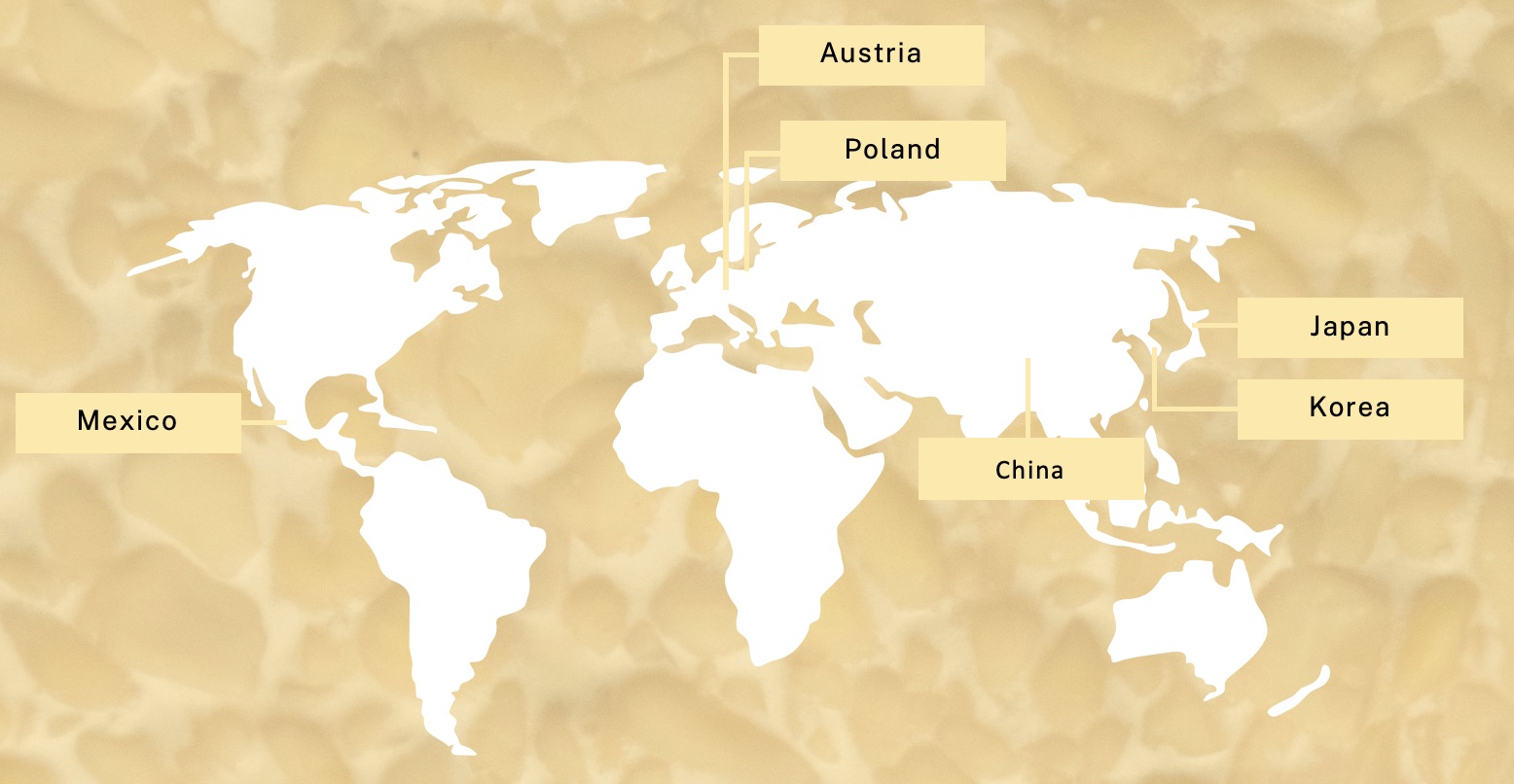
INTERNATIONAL SALES
Sales network has covered China, Japan, Korea, Mexico, Poland and Austria.
CHINA's CHAPTER

VENNY HARYANTI
Founder

LIENA TJHANG
Co-Founder
2020
Rusto’s Tempeh launched its factory operation in Shanghai in September 2020, taking rapid steps to cooperate with F&B and retailing enterprises, and e-commerce platforms. Dozens of enterprises in mainland China have long-term cooperation with Rusto’s Tempeh.
2021
Rusto’s Tempeh was HACCP certified and became a member of Plant-Based Food Association China.
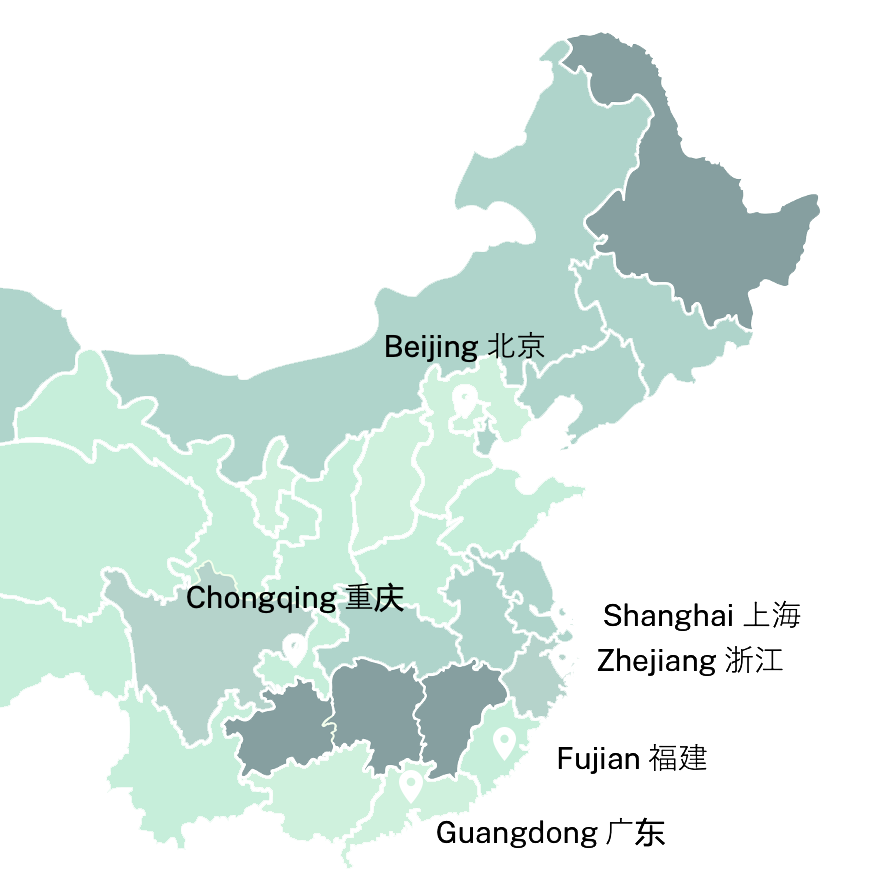
Distribution Areas in China
We currently provide shipping services to Shanghai, Beijing, Guangdong, Chongqing, Zhejiang and Fujian.
